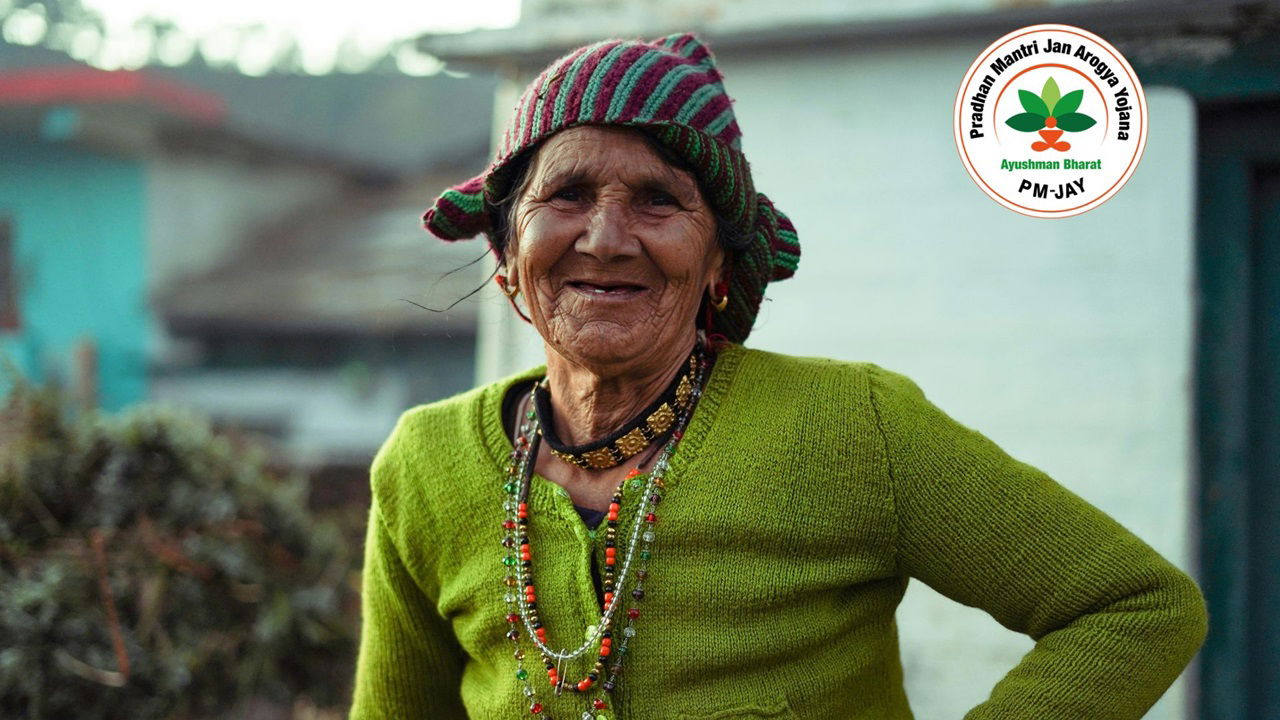
On October 29, 2024, Prime Minister Narendra Modi launched the Ayushman Bharat Vay Vandana Card, a major healthcare initiative coinciding with Dhanvantari Jayanti and Ayurveda Day. This program provides free treatment for senior citizens aged 70 and above in hospitals across India. Part of the Ayushman Bharat Pradhan Mantri Jan Arogya Yojana (AB PM-JAY), the initiative has already seen over 10 lakh seniors enroll. Here's everything from the card's features and its significance to its broader impact on India's healthcare system.
What is Ayushman Bharat Vay Vandana Card?
The Ayushman Bharat Vay Vandana Card is an extension of AB PM-JAY, the world's largest health assurance scheme. Designed specifically for senior citizens aged 70 and above, it provides free access to secondary and tertiary care hospitalisation. The card aims to alleviate the financial burden of healthcare for this demographic, irrespective of income or socioeconomic status.
Key Benefits
-
Universal Access: Available to all eligible seniors, irrespective of their financial standing.
-
Comprehensive Coverage: Includes treatments for pre-existing conditions from the first day of enrolment.
-
Cost Reduction: Drastically reduces out-of-pocket healthcare expenses.
What is Ayushman Bharat PM-JAY?
Introduced on September 23, 2018, the Ayushman Bharat Pradhan Mantri Jan Arogya Yojana (AB PM-JAY) stands as a significant milestone in India’s dedication to achieving Universal Health Coverage (UHC). Covering nearly 55 crore individuals from economically vulnerable households, the scheme provides up to Rs 5 lakh annually per family for hospitalisation expenses. Its scope includes a broad range of medical services:
-
Medical consultations, treatments, and diagnostics.
-
Pre- and post-hospitalisation expenses.
-
Surgical interventions and medical implants.
-
Accommodation and food during hospital stays.
Unlike its predecessor, the Rashtriya Swasthya Bima Yojana (RSBY), PM-JAY imposes no cap on family size or age, ensuring inclusivity and immediate access to care.
As of November 17, 2024, the Ayushman Bharat Pradhan Mantri Jan Arogya Yojana (AB PM-JAY) has achieved significant milestones, including the issuance of over 35 crore Ayushman Cards, the authorisation of 6.5 crore hospital admissions worth Rs 81,979 crore, and the empanelment of 30,745 hospitals, comprising 17,084 public and 13,661 private institutions. These accomplishments highlight the scheme's extensive reach and its pivotal role in enhancing healthcare accessibility for millions across India.
Vay Vandana Card for Elderly Care
On September 11, 2024, the Union Cabinet approved a pivotal expansion of PM-JAY to include senior citizens aged 70 and above. This decision aimed to provide healthcare benefits to nearly 6 crore elderly individuals across 4.5 crore families.
Features of the Vay Vandana Card
-
Free Treatment: Covers hospitalisation costs for a wide range of conditions, including coronary angioplasty, hip replacement, cataract surgery, and stroke management.
-
Gender Inclusivity: Of the 10 lakh enrollees, 4 lakh are women, highlighting the initiative’s widespread appeal.
-
Broad Impact: Treatments worth over Rs 9 crore have already been authorised, benefiting 4,800 individuals within three weeks of its launch.
Significance of the Initiative
The Ayushman Bharat Vay Vandana Card represents a paradigm shift in senior citizen care, addressing the unique challenges faced by India’s elderly population:
-
Financial Security: Eliminates the financial strain of expensive medical treatments.
-
Improved Quality of Life: Enables timely and comprehensive care for chronic and age-related ailments.
-
Equity in Healthcare: Bridges the gap between economic classes by offering universal access to benefits.
This initiative aligns with India’s broader goal of inclusive development, ensuring that the elderly receive the dignity and care they deserve.
The Vay Vandana Card indicates India’s commitment to creating a strong and accessible healthcare system. By extending PM-JAY benefits to senior citizens, the government focuses on targeted healthcare support. This initiative not only improves the current health infrastructure but also sets an example for other countries aiming for universal health coverage (UHC). With increasing enrolments and more treatments approved, the card is set to greatly improve the lives of millions of elderly individuals.











